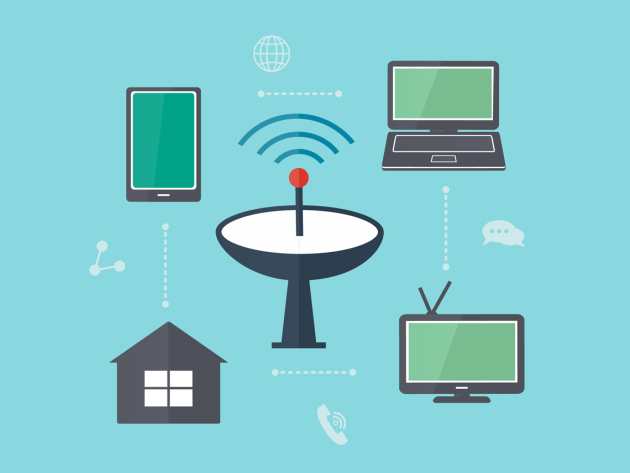How to Produce a Superior Trade Show Video
A common misconception is that any video – whether it is a short corporate promo, an installation piece or a product knowledge clip shot on a smart phone – is perfect fodder for trade show viewing.
In reality, a properly produced trade show video is really its own animal and needs to be approached as such. Elements of existing videos can certainly be incorporated into a new trade show video production – but not relied upon to do the job by themselves. Here are 5 good rules to live by:
 #1 Production Quality
#1 Production Quality
In this day and age, any video should be in HD and crisply and professionally produced. (For tips on affordable, high-quality video production check out How to Concept and Executive Produce a Short, Effective Video Production.)
Since most trade show booth video monitors tend to be on the larger side (32” and up) this is particularly important. Due to the massive proliferation of hi-quality consumer HD video and audio equipment, audiences are getting more and more sophisticated. (A properly used smartphone can shoot damn fine HD video in the right lighting and conditions.) People are accustomed to viewing hi-quality video pretty much everywhere – your booth should be no exception.
#2 Length and Structure
Since trade show booth videos are typically played/repeated all day throughout the show, a 1-2 minute video generally doesn’t make sense – as it will pretty much drive everyone nuts in short order – show attendees and booth staff alike. Most attendees are at a show to learn more about a service or product and are willing to spend some time doing so.
Conversely, a 15 minute training video is much too long and detailed for trade show use. In our experience, 5 to7 minutes is the sweet spot for the majority of booth/product applications.
#3 Think Infomercial:
Much like trade show videos, infomercials are often repeated over and over so they are worth examining. Let’s briefly look at the structure of a typical infomercial. Usually an infomercial begins with an upbeat (or dramatic) “commercial” that hits all the key points of the product or service. Then it stretches out with more detailed information and demonstrations. Then the cycle repeats: commercial – detailed information, commercial – detailed information, etc. Maybe there are a few customer testimonials thrown in randomly as well.
The point here is that the style and pace of infomercials changes up frequently – instead of repeating one video segment over and over until it becomes a droning buzz in the background that people tune out…or turn off.
An Example:
Let’s say you sell racing go-karts and want to produce a trade show video. A basic format would be as follows:
- The first minute or two can be a voiced-over “commercial” – that quickly focuses on the company and models of go-karts provided
- Cut to a minute or two of racing shots of the go-karts set to music – with no narration or voice over – just music
- Have the voice over return and cover go-kart features and benefits. Then cut to a customer testimonial or two
- Repeat more go-karts in action set to music
You get the idea. The main point is to change up the style and pace to better hold viewer interest. Of course, in the “music video” portions you can also fly-in copy points or logos as needed to help reinforce your message or brand.
 #4 Voice Over and Music
#4 Voice Over and Music
Trade shows can often be very noisy environments, and narration from video playback in a booth can add to uncomfortable noise levels and/or not be heard properly.
If trade shows or conferences where you exhibit tend to get really loud, you may want to consider ditching the voice over format in favor of a music video format where footage, text and graphics are cut to an instrumental music track appropriate to your industry and company.
The challenge when taking the music video route is communicating your message, business philosophy or brand with on-screen text and graphics. The up-side is that if you do it right and your visual content and text points are solid, a music video is a powerful and effective way to communicate – even without the benefit of a voice over.
Conversely, if your booth is large and perhaps has a separate conference area for meetings with interested attendees, a video with a voice over is preferred as it is a more “formal” sales setting. In a perfect scenario, your prospect would have been drawn in by the informative and fast moving music video playing at the front of the booth!
#5 The “No Sound” Test
One more tip and we are wrapped-up. A good test for almost any trade show video is as follows: turn the sound all the way down and watch the video. Does it still communicate effectively, a little bit or at all? If it still communicates clearly without sound, it’s a winner. Hands down.
So how do you present your finished trade show video? Check out How to Effectively Deploy Your Finished Video Production, where we touch upon the best practices and hardware for playing a video in a trade show booth or environment.
If you are looking for “winning” trade show videos, Total Spectrum is your production company. We have the in-house staff, equipment and experience to make it happen in time for your next trade show. Contact us at 714.637.3600 and speak to one of our experts today.







